Help
Blue Integrator Messages
Help menu
- Help content
- AS2
- Examples and Tutorials
- IO Queues and Forms
- Maps
- Schemas
- Send and Receive Ports
- Send and Receive Ports / Transports
- Servers
- Static Configuration
- Tracking
- Workflows
- Workflows / Workflow Activities
- Call Web Service Direct Activity
- Compensatable Sequence Activity
- Compensatable Transaction Scope Activity
- Compensate Activity
- Conditioned Activity Group
- Database Activity
- Delay Activity
- Event Handling Scope Activity
- Event Driven Activity
- Expression Activity
- Fault Handler Activity
- If Else Activity
- Increment Activity
- Invoke Web Service Activity
- Invoke Blue Integrator Workflow Activity
- Invoke Workflow Activity
- Listen Activity
- Map Activity
- Parallel Activity
- Policy Activity
- Send Receive Port Response Activity
- Replicator Activity
- Send Receive Port Response Activity
- Send Port Message Activity
- Sequence Activity
- Suspend Activity
- Synchronization Scope Activity
- Transaction Scope Activity
- While Activity
To Blue Integrator, each message consists of a Message Body and a Message Context. The Message Body is the physical message content. The Message Context is a set of named properties.
Message Context properties can be set automatically on Message Receive or Message Send (configured via the Receive Port Configuration Form and the Send Port Configuration Form), can be set by a Map (configured as output parameters in the Map Editor), or can be set explicitly in VSTA code for a Workflow. Every message has MessageID and Timestamp Message Context properties. Additionally, different Receive Transport providers populate various Message Context properties as messages are received, such as ReceiveLocationType, FileName and ReceiveFolder. You can see the Message Body and Message Context Properties using Tracking.
The following example takes you through A Simple Messaging Scenario.

